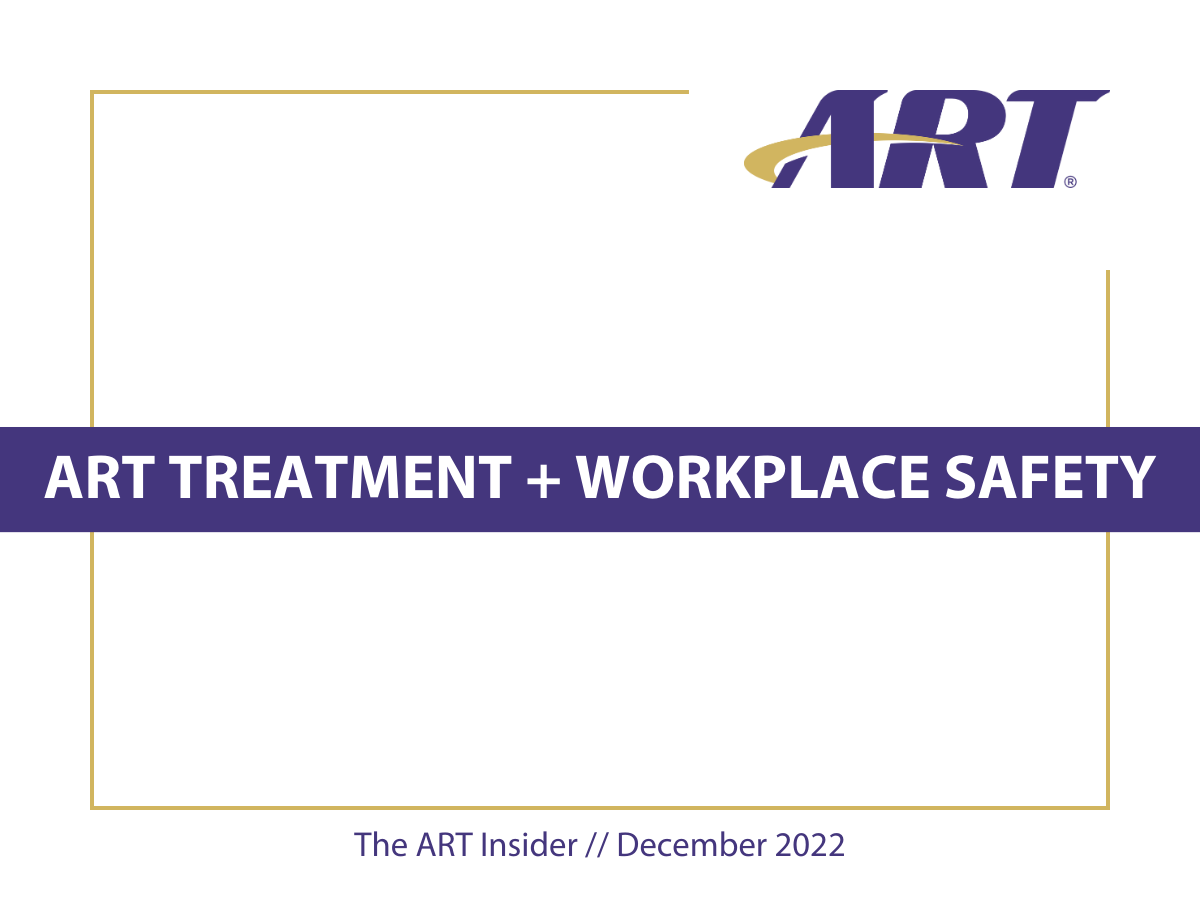ART’s Impact on Improving Workplace Safety
It is not an understatement to say that Active Release Techniques® (ART®) treatment betters the lives of many, but it can be truly life-altering for those affected by workplace injuries – and the research supports it.
So, you got injured at work
Imagine this: You are working an assembly line where your job is to pack boxes. As each box moves down the conveyer belt, you repeat the same motion, contracting and stretching the same muscles and tendons.
You bend over, lift your shoulders, and flex your wrists. Over and over again.
Over time, scar tissue builds up, creating adhesions that cause your muscles to stick together, resulting in pain with every shoulder movement. When you arrive at work, your motivation levels are low, and your productivity levels drop.
This is not the way you want to present yourself at work, but the physical pain is limiting your capabilities.
You think there is not much that can be done, so you decide to just live with it or attempt to mask the pain with medication. The only other option is to take time off work to go see a doctor, which will likely lead to more doctor visits, more time off, and more medication.
Work-related musculoskeletal disorders
Unfortunately, this scenario is common among employees, but lengthy treatment options and time away from work are not the only solutions.
Dr. Jason Pajaczkowski’s Utilization rates of Active Release Techniques® in the workplace: A descriptive study, researches the correlation between work-related musculoskeletal disorders (WMSD) and ART treatment provided in Ontario workplaces.
WMSDs are caused by muscle, tendon, and nerve dysfunction. Pajaczkowski compares WMSD claims and the overall effect of worker productivity and lost time, especially since the study states the claims have increased by 40% from 1952 to 1996.
Workplace safety is important
ART Corporate Solutions (ARTCS) contracts on-site Elite Providers to give short treatment sessions at no cost to employees. Working with companies to improve employee satisfaction and productivity and reducing the number of OSHA recordables contributes to a better workplace.
Pajaczkowski’s study discusses how ARTCS in the workplace affected the following:
- Number of on-site ART treatments
- Total cost for each closed case
- Recorded improvement after the treatment sessions
- The cases that were filed under workers’ compensation
ART treatment improving work life
Due to the high success rates of ART treatment, ARTCS introduced a program that benefits the entirety of companies: workers and employers.
In fact, the study found that ART in the workplace decreased pain by an average of 87.2% and significantly lowered workers’ compensation claim costs.
What the results say
Pajaczkowski’s findings support ARTCS’s claims of not only improving employee injuries, but the convenience it provides to employers by improving employee morale and productivity and saving precious company money and time.
Want to read more about ARTCS in the workplace and its impact on companies? Click here to see the results and methods used to determine how Elite Providers are improving workplace safety!
